I met Andrea in foggy and winterish Delhi, where he has been living, on and off with long breaks during the hot summers and the monsoon, for the last 7 years. He is currently working on a number of editorial projects and planning to complete his first book on the city, Delhirium,an exploration of Delhi’s streets bowels with a slightly different language. I asked him questions about his work, the city and his take on photography while we sip a cup of tea on the rooftop of his flat near the busy and multi-ethnic Bhogal market.

-How and when you started taking photos and decided to make it your profession?
I started taking photos when I was still in school and used to borrow my father’s old Pentax MX. I still have it by the way! But it took me a long time to understand that this was the path I wanted to walk in life. I kept on shooting during my travels but that was it, for the time. On the other hand I was finishing a degree in medicine, but I always had this thing inside me with photography, that one day, somewhere. After university I traveled to India and things came kind of from alone.
-Photographers come from every walk of life. You have a background in medicine, tell me a bit about this shift in your life.
My father is a doctor, I always liked medicine and until a certain point I could see myself in this world in the future. But the more I got deep into the system, the more I realized that probably I wasn’t fit for this. Don’t get me wrong, the profession is most rewarding and useful, but probably I’m not cut for this. Having the responsibility of a human life in your hands, having to deal with people’s sorrow everyday, the grief of their relatives, is a big responsibility and a very challenging duty. I’m not sure, emotionally, if I could handle this pressure, while keeping focused and cold-hearted. I still make use of my studies especially when traveling in faraway and secluded areas, it has often turned out to be useful!

-Do you have a master, a mentor you refer to and are inspired by?
Since I never attended a photography school, from the very beginning I was kind of inspired by the work of many good photographers from the past, but they were more like imaginary masters for me. With time, I met many photographers who started to influence and guide my personal visual research in real life. Among them, the first was Stanley Greene whom taught me to “shoot with my heart”, kind of letting go of all the technicalities. Then, for sure Ernesto Bazan, who represented a mentor and a friend whom I shared rare photographic moments with, of him I love the natural talent he has as a teacher and his unique vision of the world. Or Michael Ackerman, with his hallucinated and personal language, right now is the one I feel more close to. And last but not least, all the photographer friends I met on the way with whom everyday we keep on confronting each other and growing into, sometimes, different directions.
-Does your background and studies have somehow influenced your work?
At the beginning, I was more oriented towards editorial reportages. Topics regarding the human side of bigger social, economic and environmental issues, with a strong impact on people lives and livelihoods. In this kind of photographic work you need to have a strong sense of empathy to get inside the lives and struggles of the people, and capture it. I don’t know if my background influenced my work, for sure it did in some ways. I like reportage approach for giving a strong, social sense to photography. So in this concern yes, it probably had quite a role in me choosing this particular path. Looking through the camera lens has always given me the feeling of a filter, which protects me from the environment and the people around me. And perhaps because of this, it gives me a greater curiosity and strength in going closer and deeper to the subjects.

-Which kind of photography best reflects your vision?
Initially photojournalism was the language I felt closer to me, to the way I saw photography in that particular time. In documentary photography you portray reality in the most clear and most objective way to throw a message, to raise an issue, to discuss a topic. So in a way I think this is the noblest declination of photography. But slowly, I moved away from an editorial-oriented approach, or photojournalism in its strict form, towards a more personal vision, which is now more close to what I am and what I want to express with my pictures. I still work on a number of editorial projects, but slowly my language shifted towards a more introspective vision, centred on emotions. Editorial projects are bread for day-to-day life, and also the necessary kick one needs to go out and shoot. While the work I’m producing in the last years is more oneiric and based on sensations, it’s an introspective research that leaves different emotions.
-Which project you followed you are most attached to and why?
“They shall never die” is the work that, on the human side, I’m most attached to. It’s a work I carried out in the Indian Himalayas, among the traditional charas producers, a particular type of cannabis resin extracted in India. I started shooting after a year I spent there, on and off, to get acquainted with the people and gain their trust. I spent altogether fours years shooting, over different times and seasons, for a reportage that was more like an anthropological exploration of these people’s lifestyle, carrying out a tradition that has turned into an illegal job. Growing cannabis has been banned in the mid 80s in India, despite the being a native strain there, due to international pressure from the United States and the United Nations. I know, it makes completely no sense, the new law has turned the producers into criminals, while the black-market is booming. I still visit there to take a breath of oxygen and escape the chaos of Delhi fro time to time. I still find it one of the most fascinating places I’ve been to in India, for the beauty and wilderness of the landscapes and the hospitality and pureness of its people.
-What are currently working on and what are you plans in the near future?
I’m now working on a reportage on climate change in Gujarat and how this is affecting the local livelihood in a very sensitive area in terms of environment. I’m also finalizing the dummy for my first photobook, a project I’ve been shooting for in the past 5 years. Delhiriumis an exploration of Delhi’s bowels and underworld with a turn towards a personal language. It’s a visual journey through this fascinating human conglomerate, where India’s social contrasts are visible in all their cruelty. A place where you can see the stratification of time, of different eras, of all the souls (and empires) Delhi has given body to, but also the place where you can spot the fastest changes breaking through Indian society. Beside the magic and the beauty though, it’s a place of darkness and disgrace of 18 million people, an ever-expanding city where environmental and social issues are rampant.
-You live in India since 2012: tell me a bit about this experience
Living in a place like India definitely changes your perspective on life, or at least it changed mine. India is a welcoming yet tough place where everyday you learn a lesson. Its incredible humanity can also show you its most ferocious face. You are surrounded by a multitude of people and this forces you to scale down yourself, your ego. India - unlike the West where everything stands still - is growing fast, skyscrapers are being built, brand-new cities are born in the span or a few years, the economy is growing, the population is booming, the change is so evident, stark, the leap into so called development I mean. So in terms of work is an extremely interesting place, where you can find a multitude of stories to follow, topics to investigate. Photographically it’s very challenging but also easy at the same time: the people, the communities are worked with are generally very welcoming to open up, but on the other hand it’s sometime difficult to go over the stereotyped image of India that has been built in the West from the colonial times up to the big photographers, the country seen through the lens of exotism. I mean, this image of India as a third world country where “people are poor yet they smile”, where spirituality pervades the society and there’s no trace of modernity. This “postcard of India”, of a faraway country standing still, unchanged since the times of the “Jungle Book”, is so misleading, so misrepresentative of the subcontinent’s diversity and the changes that it’s going through.
-One last one: what do you carry in your photo bag?
Lately I’m shooting in digital with a small FUJI XT1, with two lenses: one 35mm FUJI and one 40 years old Leica’s 50mm. While for the analogue, I carry a Yashica T4, a Konica C35, a Hasselblad Xpan, a Polaroid SX-70 and a load of films ;)


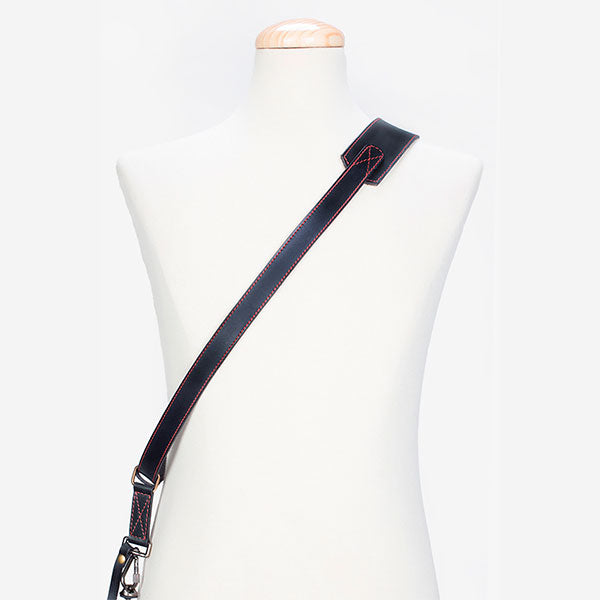
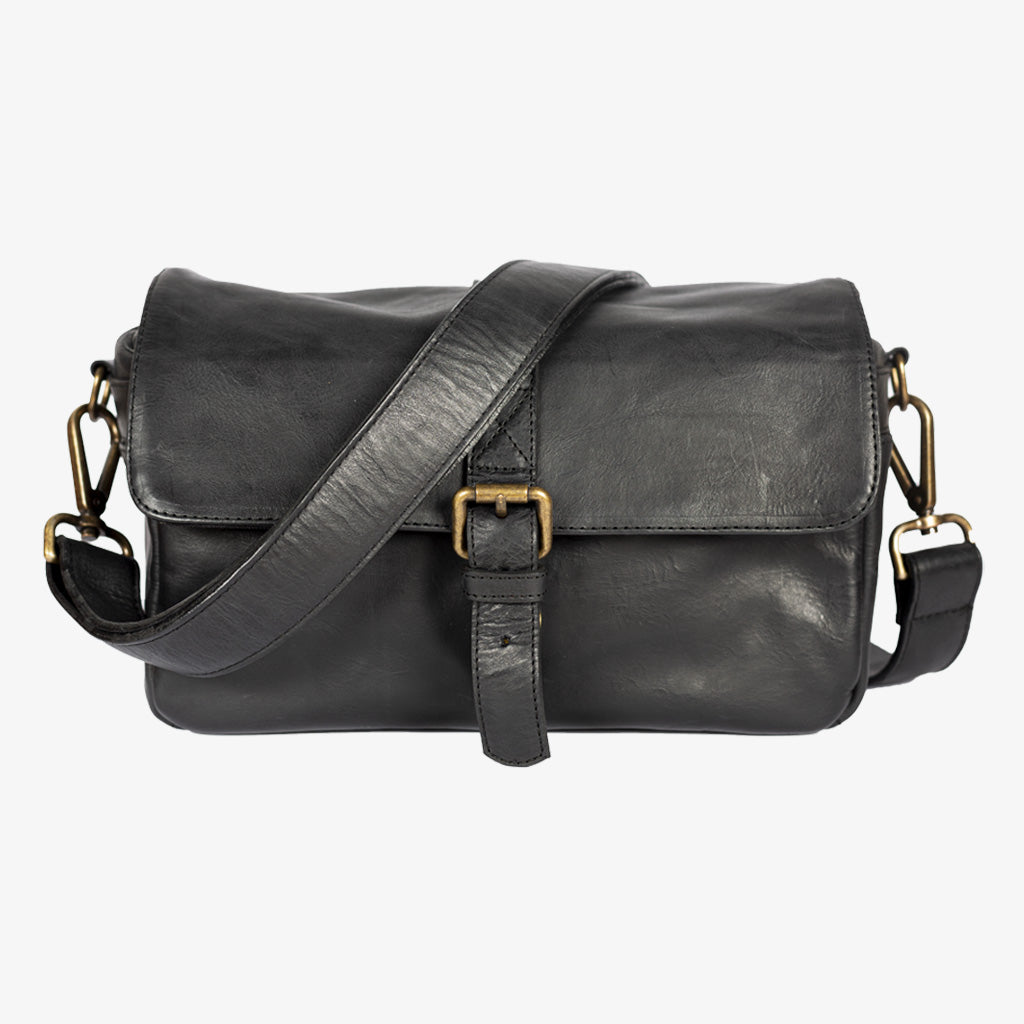
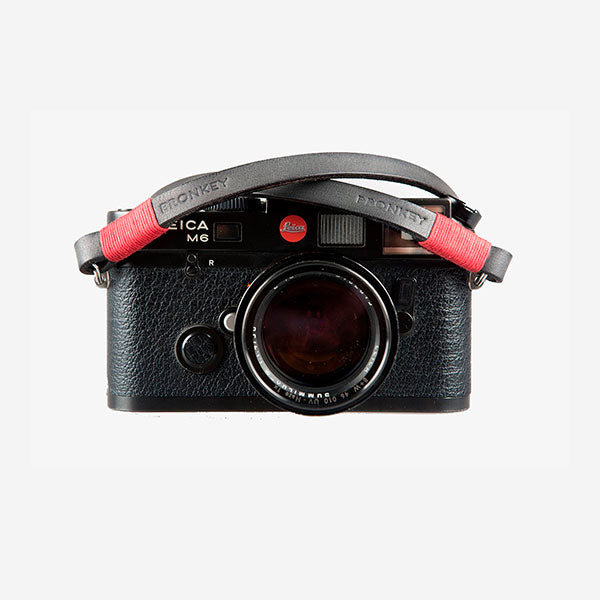
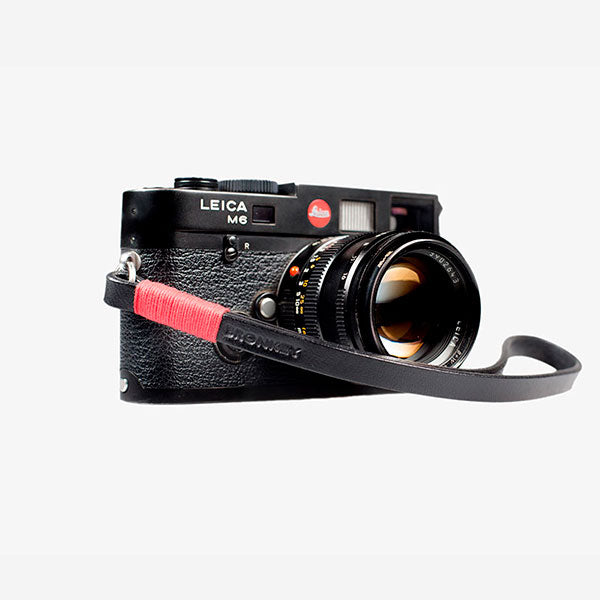
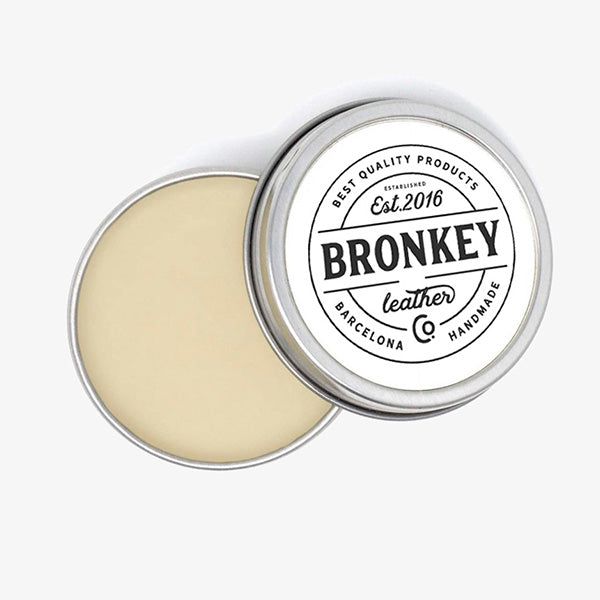

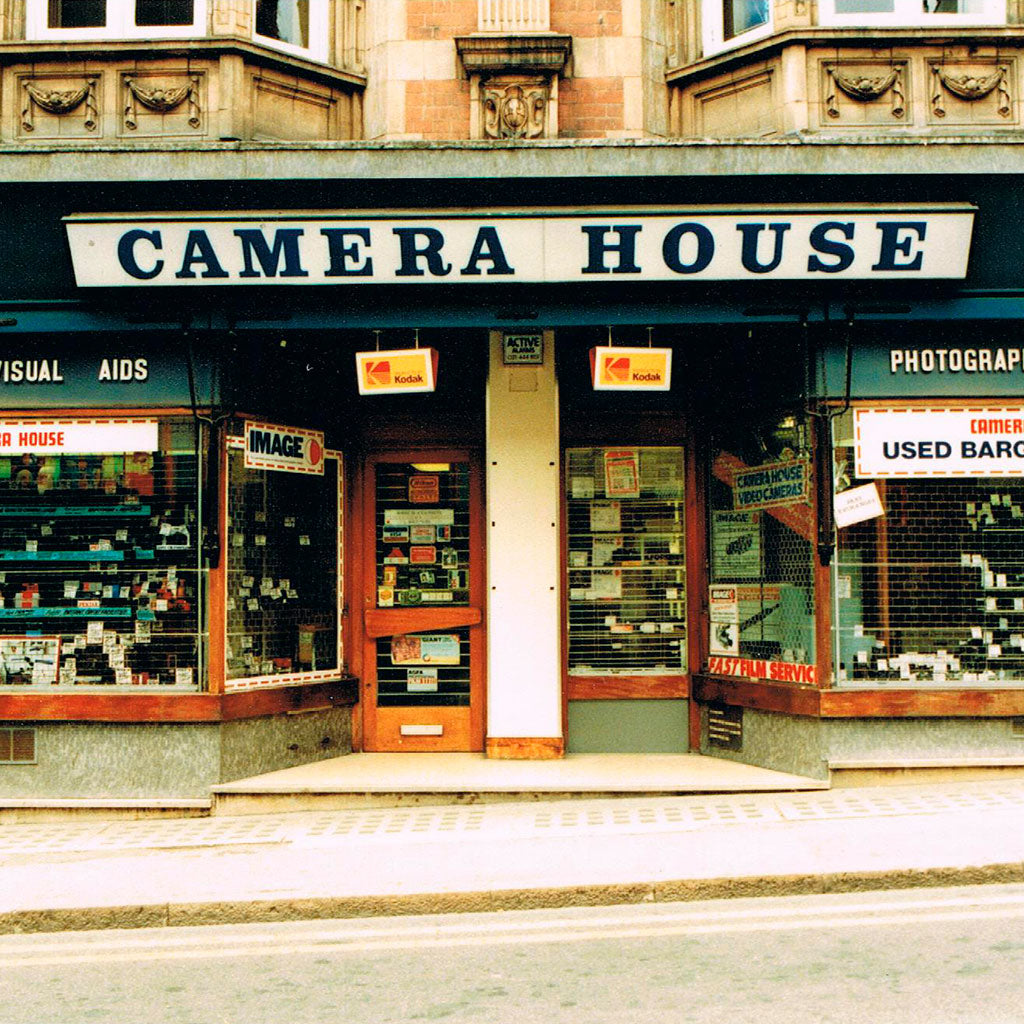
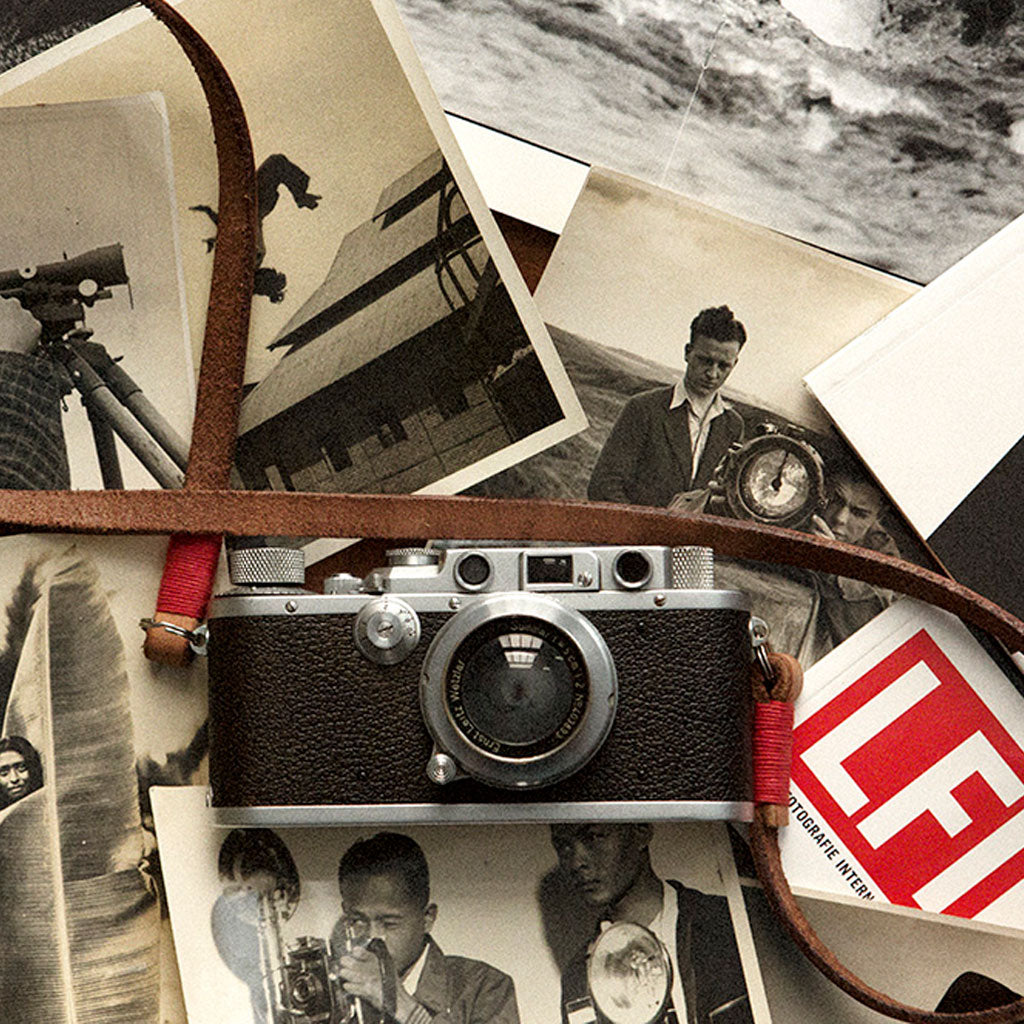




Leave a comment (all fields required)